As Dark Souls turns 10, its most ambitious community project reimagines everything in Lordran
Dark Souls: Nightfall is the most impressive, most sophisticated fan-made mod the action-RPG has ever seen
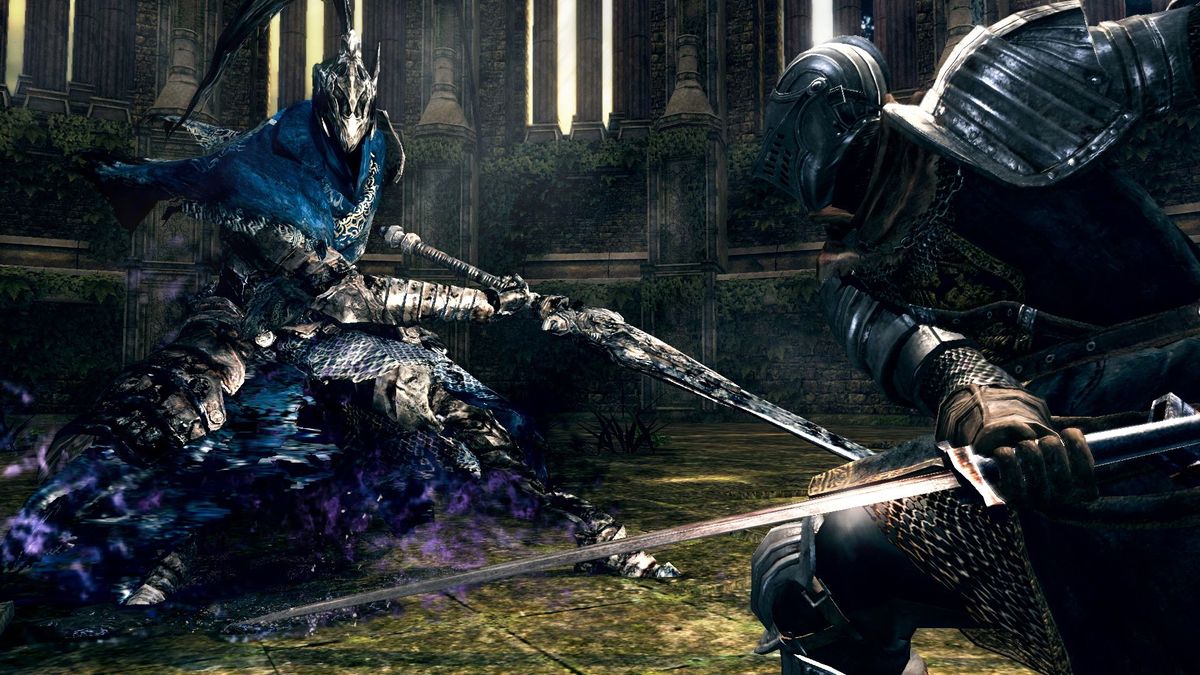
I love firsts, and Dark Souls is full of them. Jaw-dropping, head-scratching, gut-wrenching firsts. Like your first encounter with the Great Hammer-wielding Asylum Demon, or your first glimpse at the majestic spires of Anor Londo. Your first tentative steps into the murky Depths, or your first rage quit courtesy of Dragonslayer Ornstein and Executioner Smough. And your second, and your third, and your fourth, and so on. I feel you.
Speak to the wrong people, and you’ll hear about how difficult Dark Souls is, how its combat is unforgiving and brutally challenging, and how its larger than life boss battles are cruel and unfair. Speak to the right people, though, and, well, actually, they’ll probably agree with all of that, but they’ll also wax lyrical about its sprawling, inter-connected map. After that, they’ll almost certainly regale you with tales of inadvertent discovery – eureka moments reached when approaching different areas from new angles. And those firsts are the best.
“I'm a huge fan of the inter-connectivity of the first Dark Souls map in particular,” says Scott Mooney, a prolific Souls modder otherwise known as Grimrukh, who’s currently co-creating Dark Souls: Nightfall – an ambitious total conversion mod-meets-sequel to the original 2011 action-RPG that’s due later this year.
With it, expect new enemies, new bosses, new NPCs with new voice-acted dialogue, a health-regen system akin to Bloodborne, a dynamic day and night cycle, time travel, a Zelda: Majora’s Mask-inspired combat system, and, of course, new areas ripe for discovery. On Dark Souls’ 10th anniversary, this feels like the perfect way to honour and extend its enduring legacy.
Paradise found
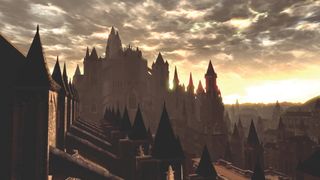
"Massive map rearrangements are a core part of this project, and a reason I became interested in the first place – it's a huge aspect of Dark Souls modding that I felt was completely unexplored.”
Grimrukh, co-creator of Nightfall
Recapturing the highs of Dark Souls discovery lies at the heart of Nightfall, which is being developed by a crack team of veteran Souls modders, each of them inspired by their own tales of adventure and pathfinding. Those unforgettable firsts have stuck with Souls players for a whole 10 years now, which begs the question: how do you add new layers to such an esteemed, interconnected world without breaking continuity? I’d love to tell you it’s simple, but, like everything else in Dark Souls, modding the game is hardly a walk in the park.
“When it comes to the inter-connectivity of Dark Souls’ map, there's been a lot of discussion about how FromSoftware were technologically constrained in a way that led them to do it that way," continues Grimrukh. "Particularly when it comes to the vertical loops – like the Undead Parish back down to Firelink Shrine and so on, and the way Blighttown and Valley of the Drakes sit connected to many things as well."
“The first goal for us was to try to rebuild a new version of that. Certainly something that feels more like Dark Souls, in inter-connectivity terms, rather than something that really sprawls outward, like Dark Souls 2. There are a few tricks we can use to get around that. One, which I won't spoil, really messes with the high-level geometry of the world. Then, we need to come up with a lore explanation, which we did early on for why the world would suddenly be in a whole new configuration, with a few brand new areas mixed in there – and that's also established early on.”
Sign up to the 12DOVE Newsletter
Weekly digests, tales from the communities you love, and more
“That gives us some leeway to have the player not be too surprised by the level of rearrangement they’re coming across. But at the same time, we need to find ways to build those loops. And that's the hardest part when you're starting from scratch with a tonne of existing assets.”
Praise the moon
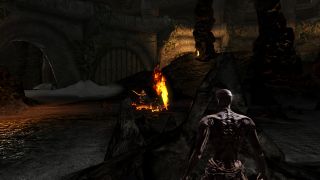
Grimrukh says a commitment to efficiency, and a degree of trickery and sleight of hand, helps ensure Nightfall’s map additions are cohesive and lore-friendly – despite being unofficial/unsanctioned by FromSoftware. He admits that while the Dark Souls: Nightfall team lack the resources to make significant geometry edits to their vision of Lordran, simple actions – like, say moving elevators – are often masked by loading screens, which affords the team back-end wiggle room, and messes with the player’s placement on the map on the fly.
One of Nightfall’s biggest map-related revelations occurs just minutes into the mod, when the player climbs the gravel path at the highest stretch of the Undead Asylum, Dark Souls’ opening area. Instead of being whisked away to Firelink Shrine as normal, though, the player instead leaps from the precipice into Kiln of the First Flame, the original game’s final arena, just moments after another player defeats end-boss Gwynn, and has activated the Dark Lord ending.
“Starting off the game with the jump from the Undead Asylum into the Kiln of the First Flame serves two specific purposes in particular,” explains Grimrukh. “The first is that, as a sequel, we want to set things up exactly where the first game left off, and we take the opportunity to establish which of the endings from the original game will be canon for our direct sequel mod.”
“The other thing is demonstrating that we are doing massive map rearrangements and overhauls for the first time, not just in Dark Souls, but in any FromSoft game that's been modded before. That’s a core part of this project, and it’s a reason I became interested in the first place – that it was a huge aspect of modding that I felt was completely unexplored at the moment.”
Quick and nimble
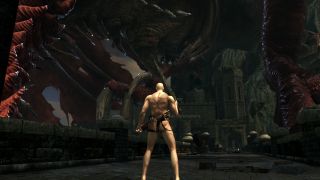
"The new combat system arose from an old mod I made called Quick Souls, which applies specific mathematical equations to each attack animation. In turn, the game feels faster without looking like it's on fast forward."
AinTunez, co-creator of Nightfall
In recent years, the Dark Souls mod scene has evolved at a rate of knots, with a slew of superficial skins and asset flips making way for complex, more sophisticated total conversations and combat overhauls – thanks to the endless talents of creators such as Wulf2k, Meowaritus, Zullie the Witch, and Dropoff. Those heavyweights have all contributed to Dark Souls: Nightfall in various capacities, as has Nightfall co-creator and Quick Souls mastermind Cliff Keller, otherwise known as AinTunez, whose formative movement-based mod project has been reworked here to great effect.
Like that initial plunge into the Kiln of the First Flame, Dark Souls: Nightfall’s unique combat system is showcased early doors – the player is shown imbuing themselves with humanity, which grants them the power to dash, pivot, and traverse the world around them at pace, at the expense of being able to block, parry, or, yikes, heal. That's a tradeoff that AinTunez believes is worth making.
"The combat arose from an old mod I made called Quick Souls, which is basically applying some very specific mathematical equations to each attack animation in very specific ways in order to make the game feel faster without it looking like it's on fast forward," says AinTunez. "Obviously, you could just increase the game speed 2x, but then it just looks like there should be Yakety Sax in the background."
"Quick Souls was based on an old idea by Meowmaritus, who is now helping us, called Swift Souls, but he never ended up releasing any of that. So, I took the idea, and I made it real. And I think it's pretty good. It's not amazing, but it's fun enough that it'll add some new life into the game. What Meowmaritus has now done – and I won't spoil too much – is some ridiculous executable-based edits, like things that shouldn't even be possible in the game itself, to just make it feel a lot more like Bloodborne."
"We'll still have shields and stuff in the game, so if people want to play like that they can do so. Overall, it is faster, but the idea is it's only significantly faster if you have that offensive mode enabled – the humanity sprite. I like to think of it as offensive and defensive play. If you have the sprite mode enabled, you can move a lot faster, and your attacks are somewhat faster. But you can't block, so you’ve got to be very reflex-based and dodge. You can’t heal either, so it's a much more edge of your seat. But if you don't want to play that way, don’t use the sprite."
Respect your Elden
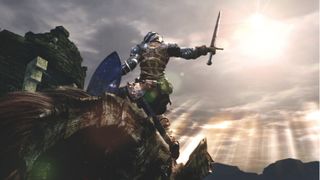
Throughout our conversation, AinTunez hails the tireless, hands-on efforts of Grimrukh, billing him as a pioneer of the Dark Souls modding scene – not just in his work and vision, but also in the fact that FromSoftware’s games aren’t designed to be modded. "This isn’t Skyrim," AinTunez says, which makes Dark Souls: Nightfall seem all the more impressive on a technical level.
Add this to the fact that Dane Brennand – an esteemed 3D artist who was hired by developer Bluepoint Games to help craft the Demon's Souls Remake's reimagined Penetrator on PS5 – is working on the project’s boss models, and Dark Souls: Nightfall really is shaping up to be the biggest, most exciting Souls-related project this side of Elden Ring.
To this end, Nightfall is due to launch in earnest on December 21, 2021, exactly one month before the arrival of FromSoftware's next action-RPG undertaking. Assuming the mod lands on schedule, Nightfall is on course to become the biggest Dark Souls community project of all time, and I for one cannot wait to discover its own array of firsts on day one.
"December 21 is looking good," adds Grimrukh. "We didn't want to do it after Elden Ring, because everybody's going to be playing that. It's crunch time, essentially, and we've already been bringing on new people to come in and help us reach that target. Ultimately, we've decided that whatever we have done on December 21 will go out, and I'm confident we'll have done what we want to get done by then. We think, and hope, we’ve got enough in there for Dark Souls fans to enjoy."
More information on Dark Souls: Nightfall can be found on co-creator Grimrukh's website. If you'd like to support the mod's creators, Grimrukh has a Patreon page, as does contributor Meowmaritus.

Joe Donnelly is a sports editor from Glasgow and former features editor at 12DOVE. A mental health advocate, Joe has written about video games and mental health for The Guardian, New Statesman, VICE, PC Gamer and many more, and believes the interactive nature of video games makes them uniquely placed to educate and inform. His book Checkpoint considers the complex intersections of video games and mental health, and was shortlisted for Scotland's National Book of the Year for non-fiction in 2021. As familiar with the streets of Los Santos as he is the west of Scotland, Joe can often be found living his best and worst lives in GTA Online and its PC role-playing scene.
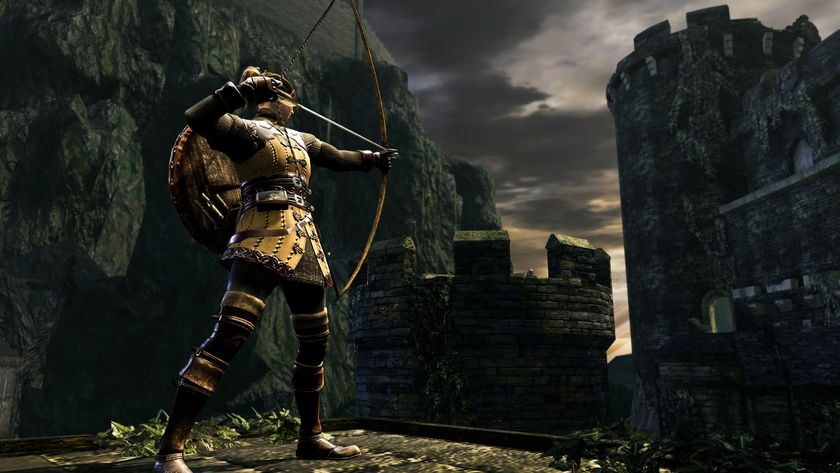
Dark Souls Remastered seamless co-op is officially coming from the creator behind the same Elden Ring mod, and it's set to include everything from PvP to scaling
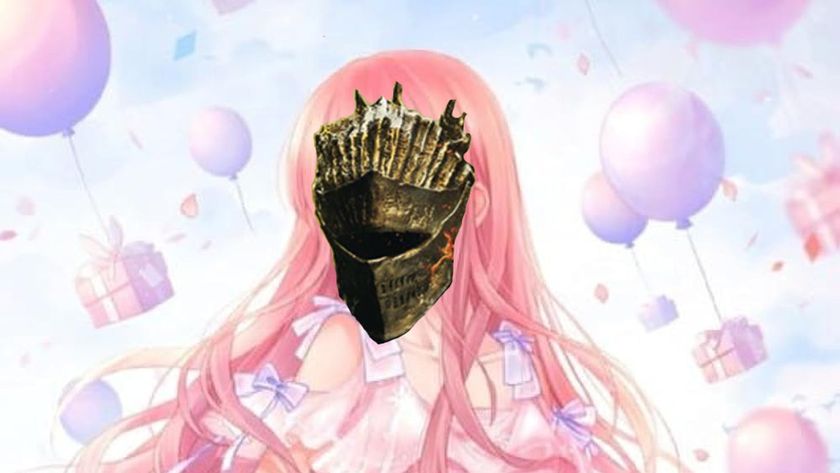
There's a whole world of Dark Souls-style lore hidden in this series of dress-up games, and I bet you can't tell which is which










